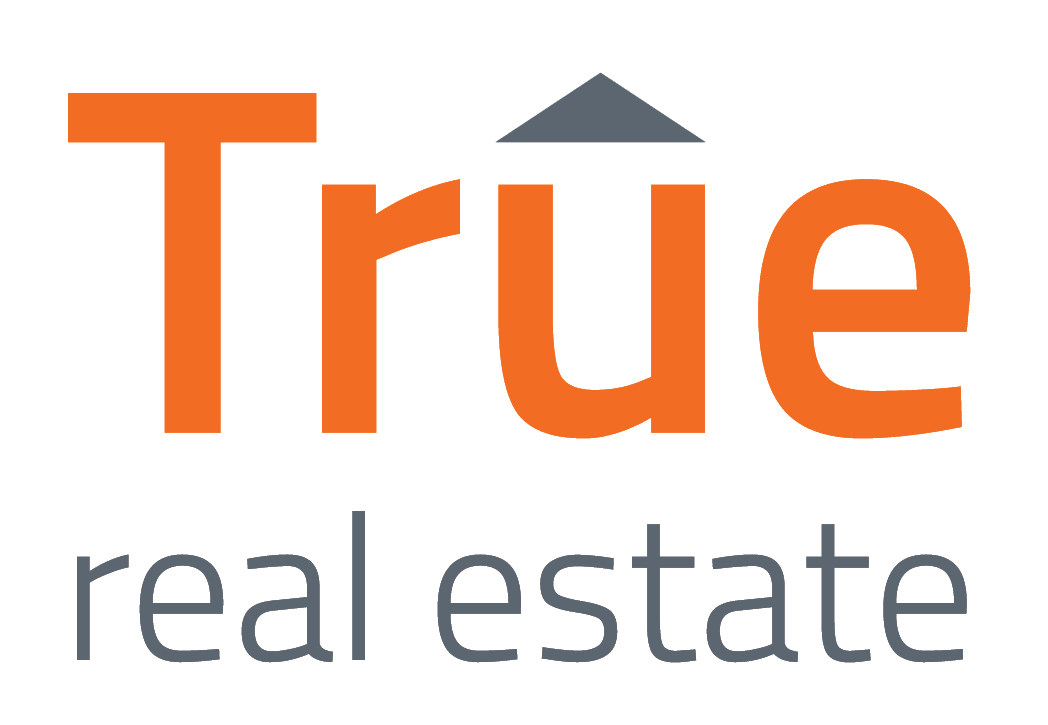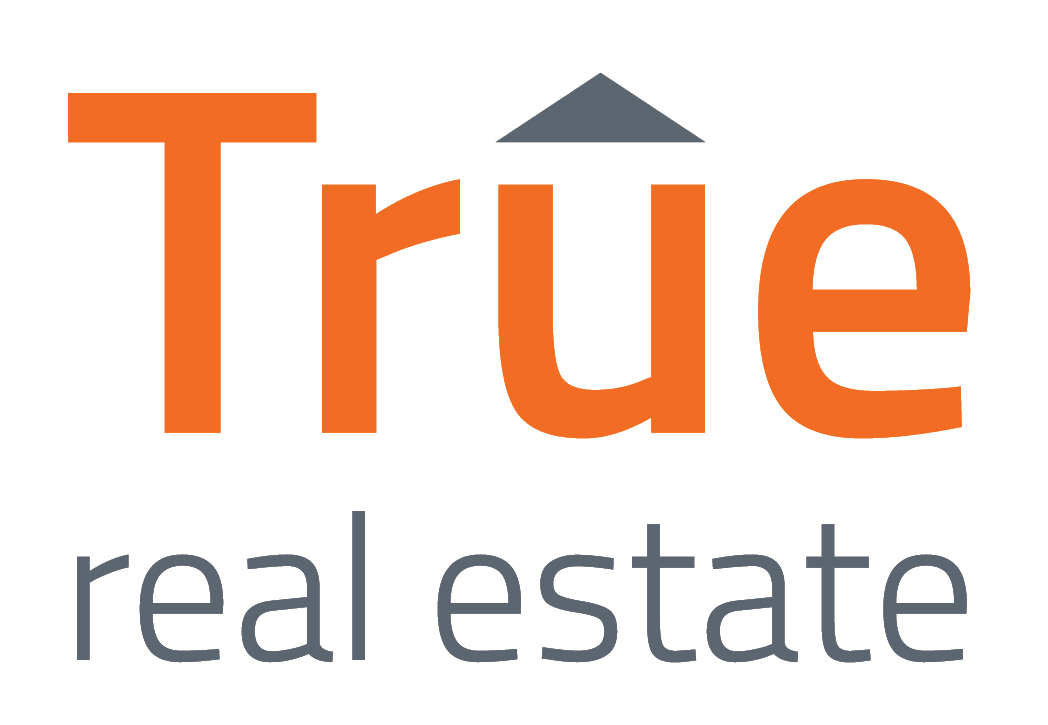Considering all the steps involved, purchasing a home can feel overwhelming. To alleviate stress, it is essential to break the process down and concentrate on each task individually. Read on to learn the five primary stages of buying a home in simplified terms!
Step #1 - Get Pre-Approved for a Mortgage
Obtaining pre-approval for a mortgage is a crucial initial step in the home-buying process. It involves a comprehensive assessment by a lender, who will review your financial details—including income, debts, credit score, and assets—to determine the loan amount you qualify for. This process provides a clear understanding of your budget, enabling you to focus your home search on properties within your financial reach.
Presenting a pre-approval letter to sellers demonstrates your seriousness and financial readiness. This can be particularly advantageous in competitive real estate markets. Sellers are more likely to consider offers from pre-approved buyers, as it reduces the risk of financing issues and expedites the closing process.
Step # 2 - Start House Hunting
When buying a home, embarking on the house-hunting journey is one of the more exciting and fruitful phases. With a clear understanding of your budget, you can now focus on finding a home that aligns with your needs, preferences, and financial situation. Here's how to approach this step effectively:
- Find a Knowledgable Real Estate Agent: Partnering with an experienced real estate agent can significantly streamline your search. When you collaborate with an agent, you can focus on properties that meet your criteria, saving you time and effort.
- Define Your Priorities and Preferences: It is vital to clearly outline your must-haves and deal-breakers before starting your search. Consider factors such as location, size, number of bedrooms, proximity to schools or workplaces, and desired amenities. Having a well-defined list of priorities helps narrow down options and ensures you focus on homes that truly fit your lifestyle and needs.
- Visit Properties in Person: Although it is fun to view properties online, it is extremely important to visit in person, as it allows you to assess them firsthand. You can evaluate the home's condition, layout, and the neighborhood's ambiance. This step helps you make a more informed decision and identify any potential issues that may not be evident in photos or descriptions.
Step # 3 - Make an Offer
Making an offer on a home is a pivotal step in the home-buying journey, marking your formal interest in purchasing the property. This process involves strategic considerations, especially in competitive markets or when the property's listing price exceeds your budget. The two main topics to keep in mind when making an offer include:
- Assess the Property's Market Value: Before extending an offer, research the home's market value by examining recent sales of comparable properties in the area. This analysis helps determine if the listing price aligns with the property's true worth.
- Prepare a Competitive Offer: In competitive real estate markets, submitting a strong initial offer can set you apart from other buyers. Strategies to enhance your offer include:
1. Offer Above Asking Price: Proposing a price higher than the listing can demonstrate seriousness and potentially sway the seller in your favor.
2. Cover Closing Costs: Offering to pay some or all of the seller's closing expenses can make your proposal more attractive.
3. Flexible Closing Date: Accommodating the seller's preferred timeline can add appeal to your offer.
Step # 4 - Get a Home Inspection and Appraisal
After your offer on a home is accepted, two critical steps—home inspection and appraisal—are conducted to ensure the property's condition and value align with your expectations and the lender's requirements.:
- Home Inspection
A home inspection is a thorough evaluation of the property's condition, typically scheduled within 7 to 10 days after the offer is accepted. A qualified inspector examines various aspects of the home, including:
1. Structural Integrity: Assessing the foundation, walls, and roof for stability.
2. Systems and Appliances: Evaluating the HVAC, plumbing, and electrical systems.
3. Safety Concerns: Identifying potential hazards like mold, radon, or outdated wiring.
The inspection usually takes a few hours, but it's advisable to allocate additional time for specialized assessments if necessary. For instance, if the initial inspection reveals potential issues, further evaluations might be required. It's recommended to schedule inspections promptly to avoid delays.
2. Home Appraisal
Concurrently, your lender will order a home appraisal to determine the property's market value. The appraisal protects both you and the lender by ensuring the property's value justifies the loan amount. An independent appraiser conducts this assessment by:
1. Comparative Market Analysis: Reviewing recent sales of similar properties in the area.
2. Property Examination: Inspecting the home's condition, size, and unique features.
Understanding both the inspection and appraisal processes helps you navigate potential challenges and make informed decisions, ensuring the property meets your needs and financial considerations.
Step #5 - Close the Deal
Closing the deal on a home signifies the finalization of your property purchase, transitioning you from a buyer to a homeowner. This step involves several critical processes to ensure that all legal, financial, and logistical aspects are properly addressed. These include:
- Finalize Financial Preparations: At least three days before closing, your lender will provide a Closing Disclosure detailing loan terms, monthly payments, closing costs, and the total funds required at closing. It's essential to review this document carefully to ensure accuracy and address any discrepancies.
- Conduct a Final Walk-Through: Schedule a final walk-through of the property to confirm that it is in the agreed-upon condition, ensuring that any negotiated repairs have been completed and that no new issues have arisen since your last visit.
- Attend the Closing Meeting: Confirm that all financial details are accurate and sign the Closing Disclosure, acknowledging your understanding of the terms.
- Finalize the Transaction: The closing agent will record the deed, officially transferring ownership to you. Once all documents are signed and funds are transferred, you'll receive the keys to your new home and gain access to the property.
Understanding and preparing for each of these steps can help ensure a smooth and successful closing experience, marking the beginning of your journey as a homeowner.
The Big Takeaway
Buying a home involves five key steps: getting pre-approved for a mortgage, house hunting with a clear budget and priorities, making an offer on a property, getting a home inspection and appraisal, and finally, closing the deal. Throughout the process, it's important to stay organized, work with knowledgeable professionals, and carefully assess the property’s value and condition. With a little help and hard work, home buying can be made easy!




